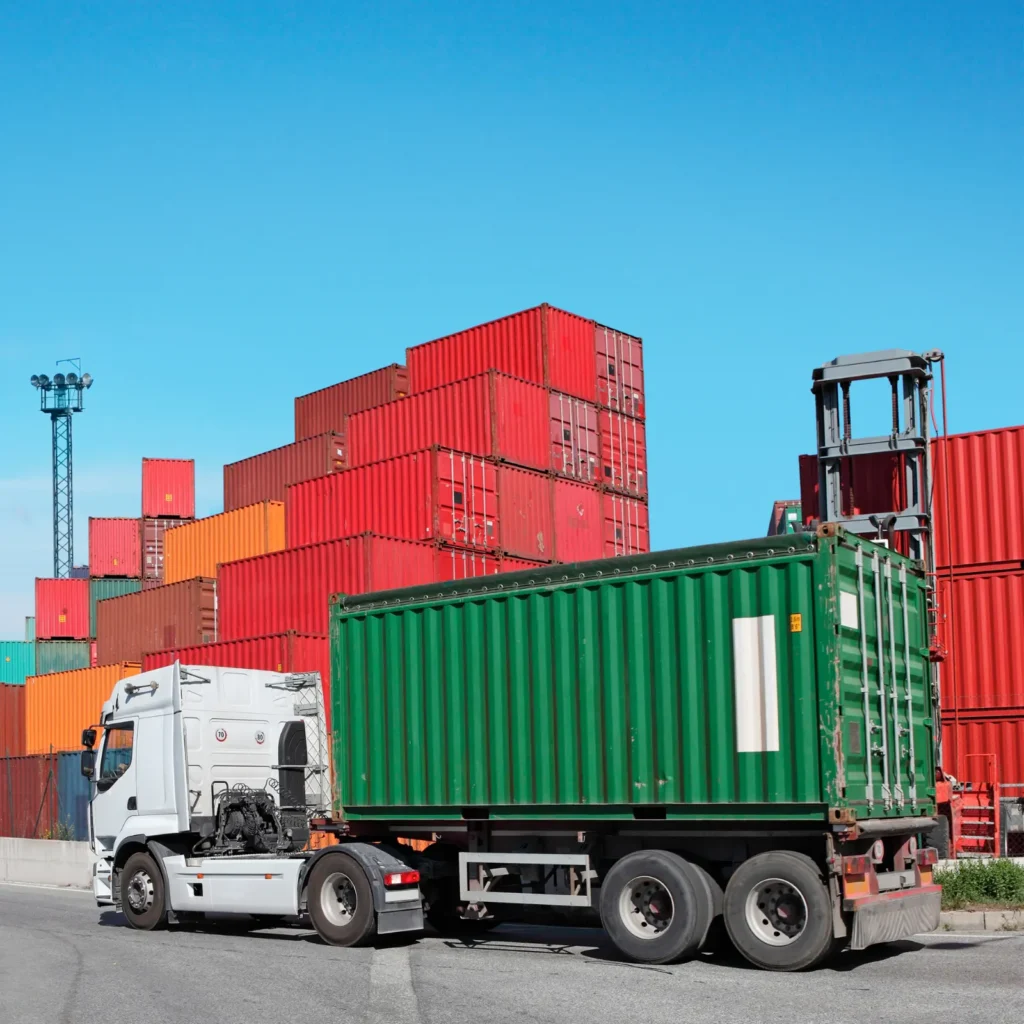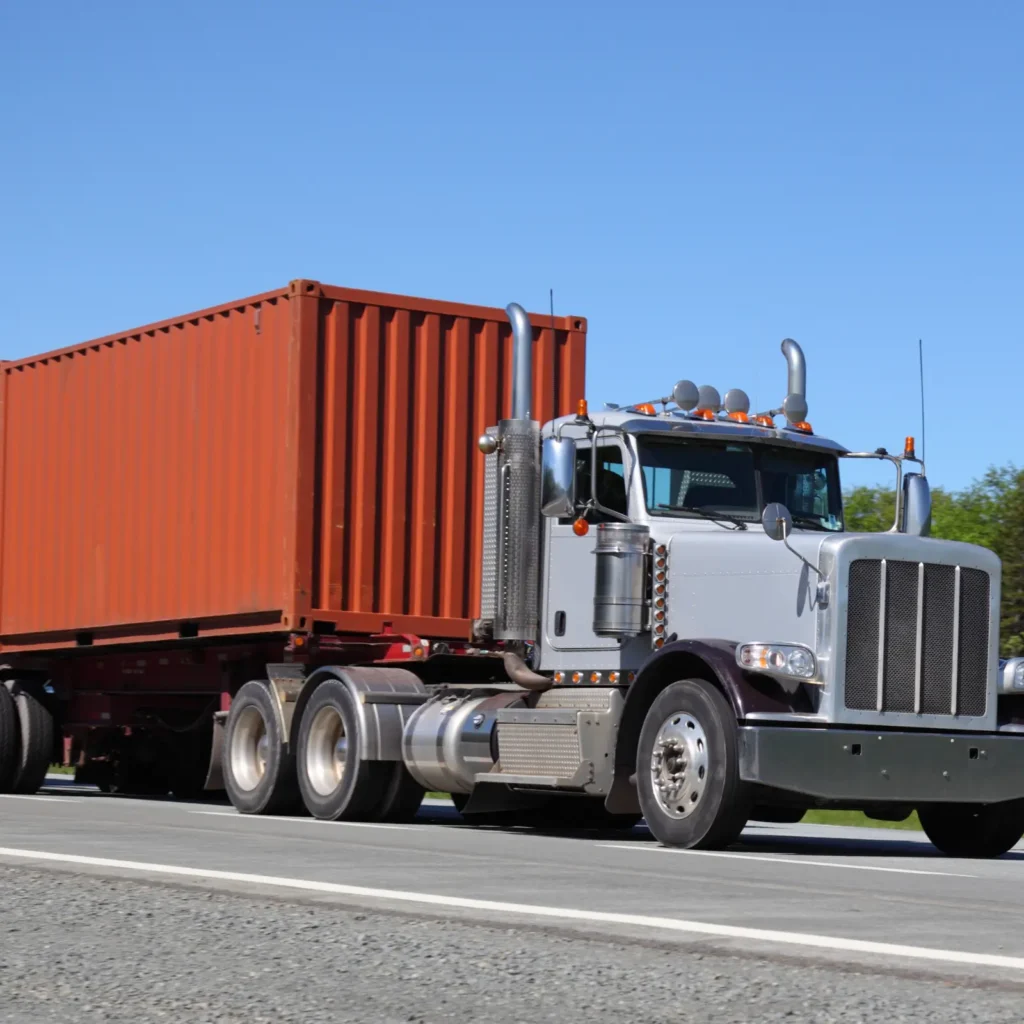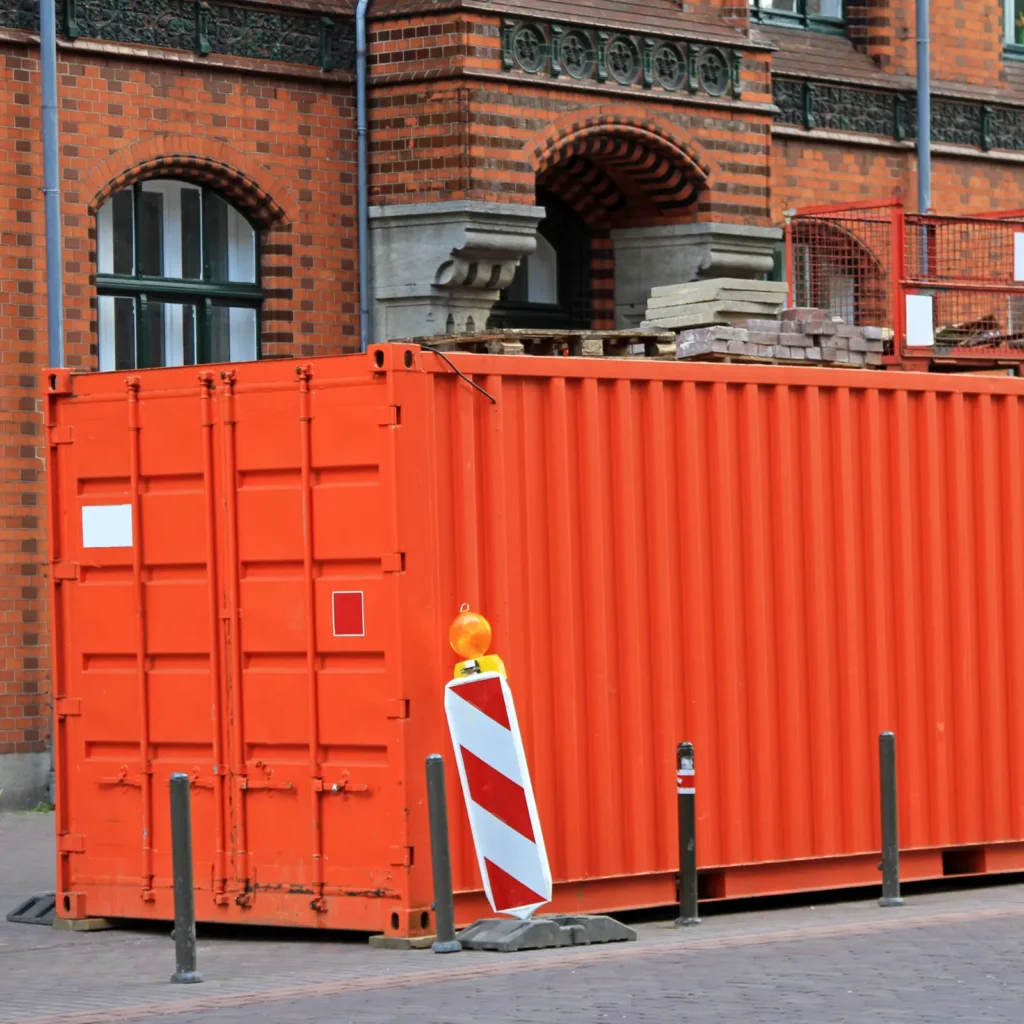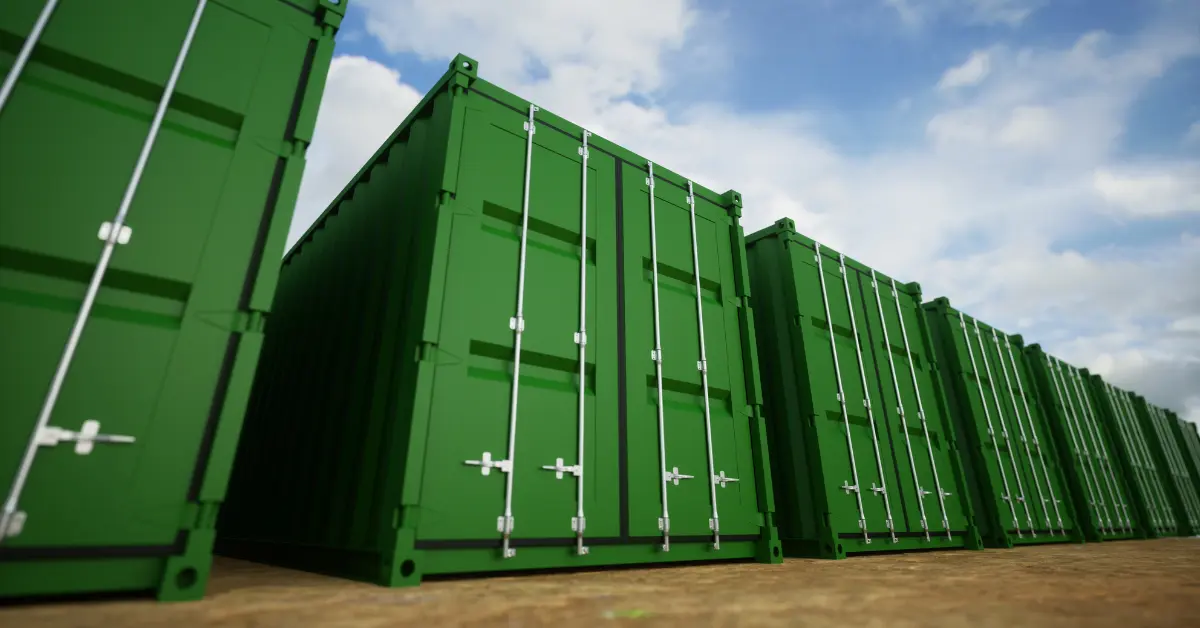Emergencies and disasters strike without warning, thrusting communities into chaos if they’re unprepared. One of the most crucial aspects of preparedness is having robust emergency preparedness storage solutions. Effective storage not only secures essential supplies but also ensures that these resources are readily available when needed most. By prioritizing organized and accessible storage, individuals and communities enhance their resilience against unexpected events, mitigating potential damage and expediting recovery efforts. Establishing a dependable storage system is therefore not just a precautionary measure but a critical component of disaster readiness.

Types of Storage Solutions for Emergencies
Durability and Versatility
Shipping containers for storage have become increasingly popular due to their durability and versatility. Made from robust materials designed to withstand harsh conditions, these containers are ideal for keeping emergency supplies safe from environmental threats such as floods, fires, and storms. Additionally, their modular nature allows for flexibility in setup and reconfiguration depending on the specific needs of a community or individual.
Benefits of On-Site Storage Containers
On-site storage containers offer immediate access to essential supplies during an emergency, which can be a critical advantage when time is of the essence. Having these containers close at hand means that individuals and emergency response teams can quickly reach food, medical kits, and other necessary items without the need to travel long distances. This proximity greatly enhances the efficiency of disaster response efforts, reducing the time spent distributing aid and allowing for quicker stabilization of affected areas.
Temporary vs. Permanent Storage Options
Temporary storage solutions, such as rental units or pop-up containers, are suitable for short-term needs and can be easily relocated as situations change. Permanent solutions, like built-in safes or reinforced buildings, are designed for long-term security and are typically used to house high-value or critical supplies. Each type of storage serves different purposes, and choosing the right one depends on the anticipated duration of need and the nature of the stored items.
Innovative Storage Solutions
The field of shipping container storage solutions is not static; it evolves with advancements in technology and changes in emergency management practices. Innovations such as climate-controlled units, improved locking mechanisms, and smart inventory systems are enhancing the effectiveness of these storage solutions. Such features not only help in maintaining the quality of perishable supplies but also in tracking resource usage and replenishment. Adapting these new technologies to existing storage strategies can significantly boost the preparedness of an organization or household for any emergency.
Preparing Home Storage for Emergencies
Essential Supplies to Store
When preparing home storage solutions for disaster readiness, storing essential supplies such as food, water, and medical kits at home is crucial. These basic items form the foundation of a robust disaster readiness plan. Properly organizing these supplies ensures they are useful when needed most. Here is a guide on how to manage these vital resources:
- Food: Store non-perishable food items that have a long shelf life and provide high nutritional value. Recommended items include canned goods, dried fruits, nuts, and whole grains. Such foods ensure a stable food supply without the need for frequent replenishment. Packing at least a three-day supply per person, calculated based on caloric needs, ensures sustenance during an emergency.
- Water: Water is critical for survival, and it is advised to store at least one gallon per person per day, with a minimum three-day supply prepared. This quantity covers drinking and sanitation needs. Store water in clean, non-toxic containers, preferably in a cool, dark place to prevent bacterial growth. It’s also wise to have water purification methods available, such as tablets or filters, in case the stored water runs out or becomes contaminated.
- Medical Kits: A well-stocked medical kit is essential for addressing minor injuries and health issues during emergencies. It should include items like bandages, antiseptic, pain relievers, and any prescription medications that family members may require. It’s important to customize your medical kit based on the specific health needs of your household, ensuring all members are considered. Check and replenish these supplies regularly to keep them up-to-date and ready for use.
- Store Properly: Place food in airtight containers to extend its shelf life and protect it from pests. Water should be stored in sterile containers that are sealed and placed away from direct sunlight or chemicals. Medical supplies should be kept in a dry, accessible area to prevent damage and ensure they are reachable quickly in an emergency.
- Rotate Supplies: Regularly rotating food and water supplies is crucial to avoid spoilage and maintain a fresh stock. Check expiration dates and use supplies nearing their end-of-life, replacing them with new products. Annually update your medical kit to replace used or expired items and adjust contents as family health needs change.
By meticulously managing these essentials, you can ensure that your household remains prepared and resilient in the face of any disaster. Proper storage and maintenance of food, water, and medical supplies are key components of any effective emergency preparedness strategy.
Organizing Home Storage Solutions
Start by designating a specific area in your home for emergency supplies. This area should be cool, dry, and out of direct sunlight to prevent damage. Use shelving units to maximize space and keep items organized and easily accessible. Label each shelf and container clearly to avoid confusion during an emergency. Regular maintenance checks are essential; set a schedule to inspect, clean, and organize your storage area, ensuring everything is in good condition and ready to use.

Security Measures for Home Storage
Security is a critical aspect of maintaining home storage solutions, as it ensures that personal belongings, whether they are mundane household items or valuable possessions, are protected from theft and environmental damage. Installing robust locks on storage cabinets is a straightforward yet effective measure to secure items. This simple addition can deter potential intruders and limit access to only those with a key or combination. Furthermore, for more comprehensive security, homeowners should consider setting up a dedicated security system for the storage area. This can include motion sensors, cameras, and alarms that alert to any unauthorized access, providing real-time security updates and peace of mind
Pests such as rodents and insects can cause irreparable damage to stored items, from chewing through boxes to infesting stored textiles. Regular pest control measures, including traps and repellents, can mitigate this risk and preserve the integrity of stored goods. Similarly, moisture can be a formidable enemy in storage areas, particularly in basements and attics where air circulation may be poor. Excess humidity can lead to mold growth and the deterioration of a wide variety of materials. Employing moisture absorbers, and dehumidifiers, and ensuring good ventilation are proactive steps that help maintain an environment conducive to preserving stored items in their original condition.
Tips for Maximizing Space and Accessibility
Utilize vertical space with tall shelving, and consider under-bed storage for less frequently used items. Place items you might need to access quickly, such as flashlights and first aid kits, near the entrance of your storage area. Also, employ vacuum-sealed bags and stackable containers to make the most of limited space. These strategies not only save space but also keep essential items orderly and readily available in times of need.
Community and Business-Focused Storage Solutions
Scaling Storage
This involves not only increasing the capacity of storage facilities but also ensuring that the storage environment is adaptable to diverse needs. Larger, communal storage spaces such as warehouses or community centers can be equipped with segmented areas, each designed to hold supplies specific to different groups or emergency scenarios. This method ensures that all participants have access to the necessary resources without compromising the organization or security of the shared space.
Collaborative Storage Strategies
Collaborative storage strategies are vital for enhancing community resilience during emergencies. These strategies leverage collective efforts to better prepare for and respond to crises. Below is an expanded guide on how to implement these strategies effectively:
- Community Assessment: Start with a thorough assessment of the community by conducting surveys to identify the specific resources needed and understand the capacity of various households to contribute. This assessment should consider factors like population demographics, potential risks, and available resources. The goal is to create a comprehensive profile of community needs and capacities, which will guide the setup and management of the communal storage.
- Resource Pooling: Once the community’s needs are understood, gather contributions from all participating households. This could include physical space for storage, essential supplies like food and water, or financial contributions for purchasing and maintaining storage facilities. Resource pooling not only diversifies the kinds of resources available but also fosters a sense of shared responsibility and cooperation among community members.
- Strategic Location: Select a storage location that is central and easily accessible to all community members. The chosen site should be secure, protected from environmental hazards, and spacious enough to accommodate the pooled resources. A strategic location ensures that in the event of an emergency, all members have quick and equal access to the supplies, thereby maximizing the benefit to the entire community.
- Equitable Distribution: Develop and implement a fair system for distributing the supplies. This system should account for the size of each family, any special needs (such as disabilities or health conditions), and the level of contribution to the resource pool. By ensuring equitable access to resources, the community can maintain harmony and support among its members during crises.
- Regular Updates and Drills: Maintain the effectiveness of the collaborative storage by scheduling regular updates to the inventory and conducting community drills. These drills should educate and familiarize community members with the logistics of accessing and utilizing the supplies in an emergency. Regular reviews and updates to the storage contents are necessary to ensure supplies are fresh and sufficient, and that the storage strategy remains aligned with current community needs.
Implementing collaborative storage strategies involves careful planning and community involvement. By assessing needs, pooling resources, strategically locating storage, ensuring equitable distribution, and keeping the community engaged and prepared, these strategies can significantly enhance communal resilience. Such preparations make communities better equipped to handle emergencies, providing a structured and reliable support system that benefits all members.
Business Continuity Planning
For businesses, continuity planning involves preparing to maintain operations during and after disasters. Storage shipping containers can play a pivotal role in such plans by providing secure, movable, and scalable options to store critical documents, IT equipment, and other essential materials. Integrating these containers into a business continuity plan helps ensure that companies can resume operations quickly after a disruption, minimizing downtime and financial loss while also protecting valuable assets.
Advantages of Renting Storage Containers
Cost-Effectiveness of Rental Options
By opting to rent a shipping container, users can benefit from the adaptability to scale their storage needs up or down based on seasonal requirements or in response to an emergency. This flexibility is crucial for managing costs effectively, as it allows for the avoidance of long-term financial commitments associated with purchasing permanent storage solutions. Additionally, rental options often include maintenance and insurance, further reducing the overhead expenses for users while ensuring that the containers remain in optimal condition.
Short-Term vs. Long-Term Rental Decisions
Short-term rentals are perfect for immediate, temporary needs. Conversely, long-term rentals may be more suitable for ongoing projects or for businesses that foresee a continuous need for additional storage space without the desire to invest in permanent structures. Understanding the duration and nature of the storage needs can significantly influence the cost-effectiveness and practicality of renting these containers.
Legal and Regulatory Compliance
When setting up storage facilities, it is crucial to adhere to local laws and regulations. This compliance includes zoning laws, building codes, and environmental regulations that could affect where and how storage containers are placed. Understanding and following these rules not only prevents legal complications but also ensures that the storage setup is as safe and effective as possible. Consulting with legal experts or local authorities can provide valuable guidance and help avoid costly and time-consuming errors in the setup process.

Assessing Needs
Selecting the best storage solutions for emergencies requires an understanding of the potential scale and scope of the disasters you are preparing for. This assessment helps in determining the size, type, and number of storage units needed. For smaller, localized events, a few well-placed containers may suffice. In contrast, widespread disasters might necessitate a comprehensive network of storage sites across multiple locations to ensure accessibility and redundancy. Tailoring the storage solution to the specific risks faced ensures efficiency and effectiveness in emergency response efforts.
Enhancing disaster preparedness through effective storage involves continuous improvement and adaptation. Communities and organizations should regularly review and update their storage strategies to reflect new insights and changing conditions. Engaging in regular drills, incorporating innovative technologies, and expanding collaborative efforts can further strengthen resilience. Ultimately, proactive and strategic planning of storage facilities not only secures essential supplies but also fosters a culture of preparedness that can save lives and resources when future disasters strike.

 Receive a Quick Quote
Receive a Quick Quote